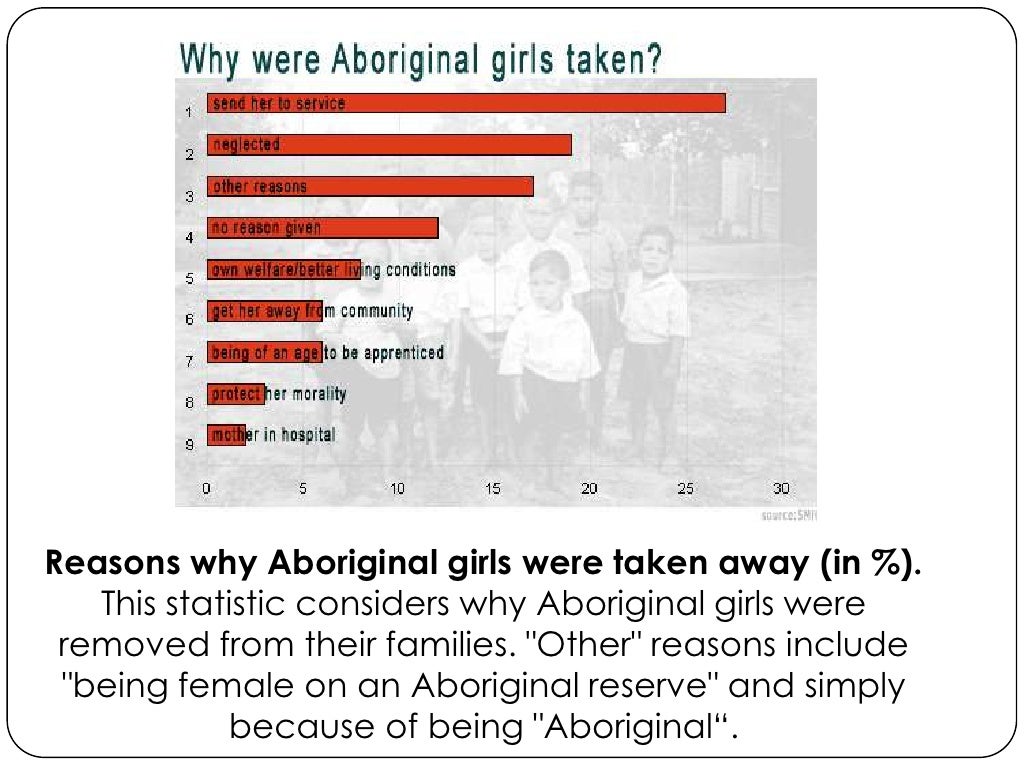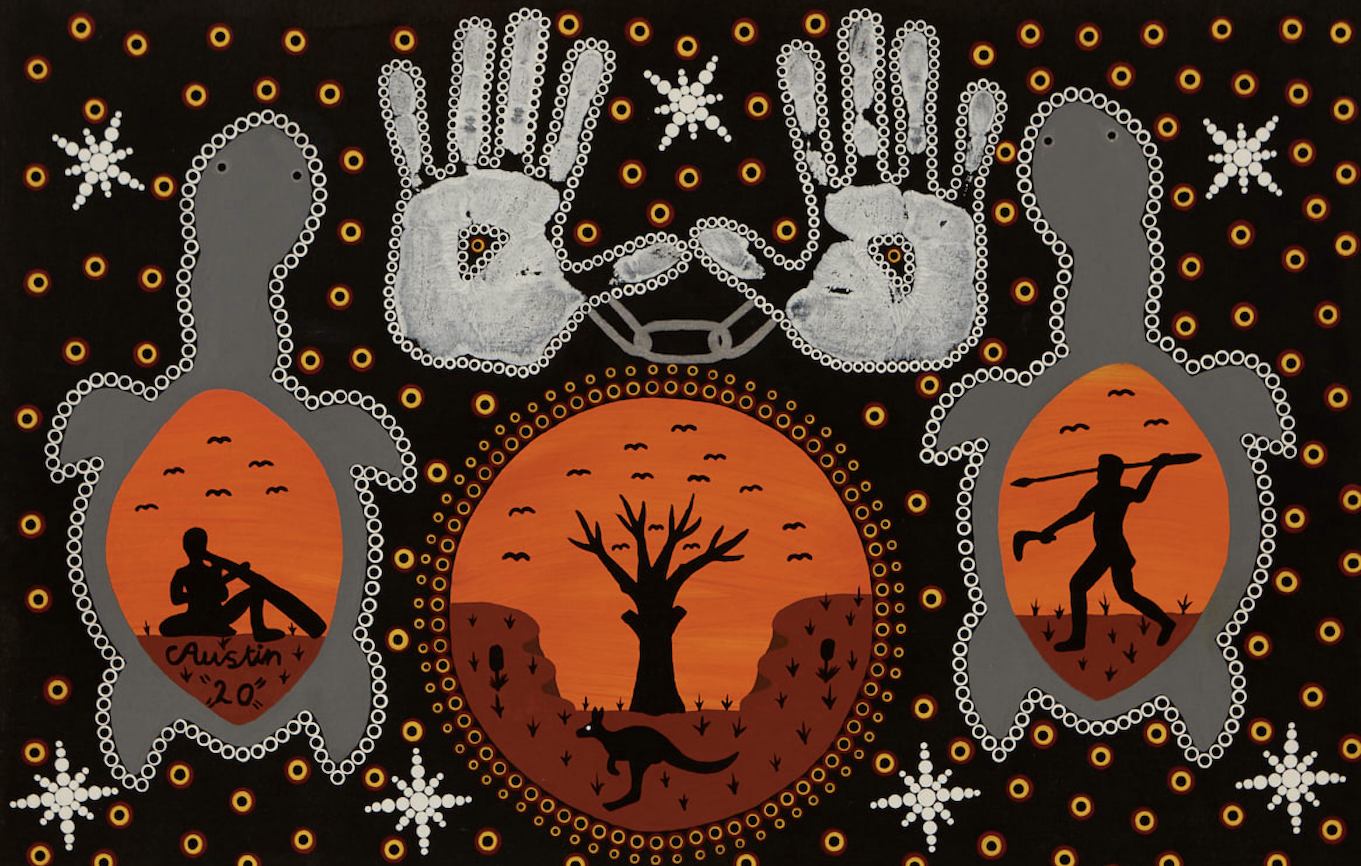The Stolen Generation: A Legacy of Trauma and Resilience
The Stolen Generation: A Legacy of Trauma and Resilience

The Stolen Generation refers to the Aboriginal and Torres Strait Islander children who were forcibly removed from their families and communities by the Australian government between the early 1900s and the 1970s. This tragic chapter in Australian history is a stark reminder of the profound impact of colonization and the ongoing struggle for Indigenous rights and recognition.
The Roots of the Stolen Generation:
Related Articles: The Stolen Generation: A Legacy of Trauma and Resilience
- Your Guide To Thriving Native Gardens In Perth: Discover The Best Native Garden Nurseries
- Australia’s Linguistic Tapestry: A Journey Through The Official Languages
- The Melodies Of The Ancients: Exploring The Rich World Of Aboriginal Musical Instruments In Australia
- Beyond "Australia": Unveiling The Rich History Of Aboriginal Names For The Land Down Under
- Stolen Generations, Stolen Futures: The Enduring Consequences Of Indigenous Land Dispossession In Australia
The policy of forcibly removing Indigenous children was rooted in a deeply flawed and racist ideology that viewed Aboriginal people as inferior and incapable of caring for their own children. This belief system, known as "assimilation," aimed to absorb Indigenous people into white Australian society by stripping them of their cultural identity, language, and traditions.
The removal of children was justified through legislation such as the Aboriginal Protection Act of 1909 in New South Wales, which granted the government broad powers to remove Indigenous children from their families. This legislation, and similar acts in other states, were used to forcibly remove children from their families for a variety of reasons, including:
- "Best interests of the child": This justification was often used to remove children from families deemed "unfit" or "incapable" of caring for them, despite the fact that these assessments were often based on racist stereotypes and prejudices.
- "Protection from neglect and abuse": While some children may have been removed from genuine cases of abuse, the removal process often lacked due process and relied heavily on the subjective judgment of government officials.
- "Assimilation": The ultimate goal of the removal policy was to assimilate Indigenous children into white Australian society by denying them access to their culture and language.
The Impact of the Stolen Generation:

The forced removal of children from their families had devastating consequences for both the children and their communities.
- Loss of family and culture: The removal of children severed the vital connection between generations, leading to a loss of cultural knowledge and traditions. Many children were raised in institutions where they were forbidden from speaking their language or practicing their cultural traditions.
- Trauma and psychological harm: The experience of being forcibly removed from their families and communities caused profound emotional and psychological trauma. Many children suffered from grief, loss, and a sense of isolation.
- Disrupted family structures: The removal of children disrupted family structures and created deep rifts within communities. Many families were never reunited, and the trauma of separation has had a lasting impact on generations.
- Intergenerational trauma: The trauma experienced by the Stolen Generation has been passed down through generations, impacting the mental and physical health of Indigenous Australians.

The Struggle for Recognition and Reconciliation:
The Stolen Generation was a national disgrace, and its legacy continues to impact Indigenous Australians today. The Australian government formally apologized for the Stolen Generation in 2008, acknowledging the injustice of the policy and the suffering it caused.
However, the apology was just the first step towards reconciliation. The ongoing struggle for recognition and reconciliation requires a commitment to addressing the systemic inequalities faced by Indigenous Australians, including:

- Closing the gap in health, education, and employment outcomes.
- Providing access to culturally appropriate services and support.
- Recognizing and respecting Indigenous cultural rights and traditions.
- Building trust and understanding between Indigenous and non-Indigenous Australians.
The Power of Resilience:
Despite the devastating impact of the Stolen Generation, Indigenous Australians have shown remarkable resilience and determination. They have fought to preserve their culture, language, and identity, and they continue to advocate for justice and equality.
The Stolen Generation serves as a powerful reminder of the importance of understanding and acknowledging the history of Indigenous Australians, and the need to work towards a future where all Australians can live in harmony and respect.
FAQs about the Stolen Generation:
1. When did the Stolen Generation occur?
The Stolen Generation refers to the period between the early 1900s and the 1970s, when Aboriginal and Torres Strait Islander children were forcibly removed from their families and communities.
2. Why were Indigenous children removed?
Children were removed for a variety of reasons, including the belief that Indigenous people were incapable of caring for their own children, the desire to assimilate Indigenous children into white Australian society, and the alleged need to protect children from neglect and abuse.
3. What were the consequences of the Stolen Generation?
The removal of children had devastating consequences, including the loss of family and culture, trauma and psychological harm, disrupted family structures, and intergenerational trauma.
4. How has the Australian government responded to the Stolen Generation?
The Australian government formally apologized for the Stolen Generation in 2008 and has implemented various programs to address the ongoing impacts of the policy. However, much more needs to be done to achieve true reconciliation.
5. What can I do to learn more about the Stolen Generation?
You can learn more by reading books, watching documentaries, visiting museums, and attending events that focus on Indigenous history and culture. You can also support organizations that work to address the ongoing impacts of the Stolen Generation.
6. How can I contribute to reconciliation?
You can contribute to reconciliation by learning about Indigenous history and culture, challenging racism and prejudice, and supporting organizations that work to improve the lives of Indigenous Australians.

Closure
Thus, we hope this article has provided valuable insights into The Stolen Generation: A Legacy of Trauma and Resilience. We appreciate your attention to our article. See you in our next article!


